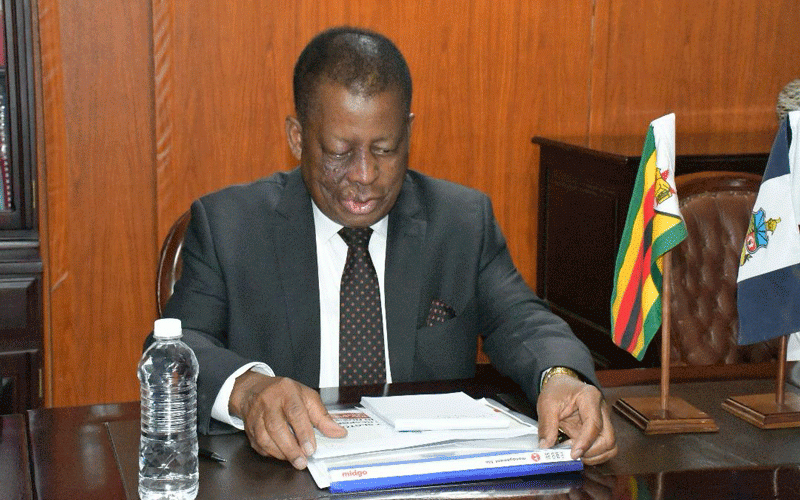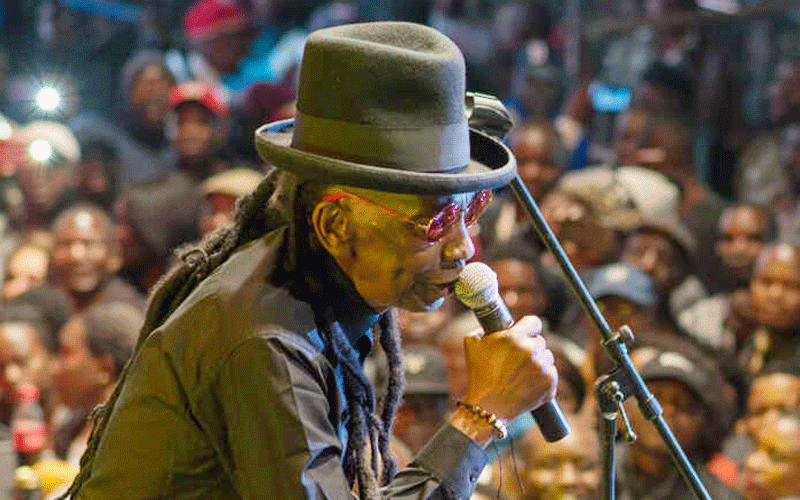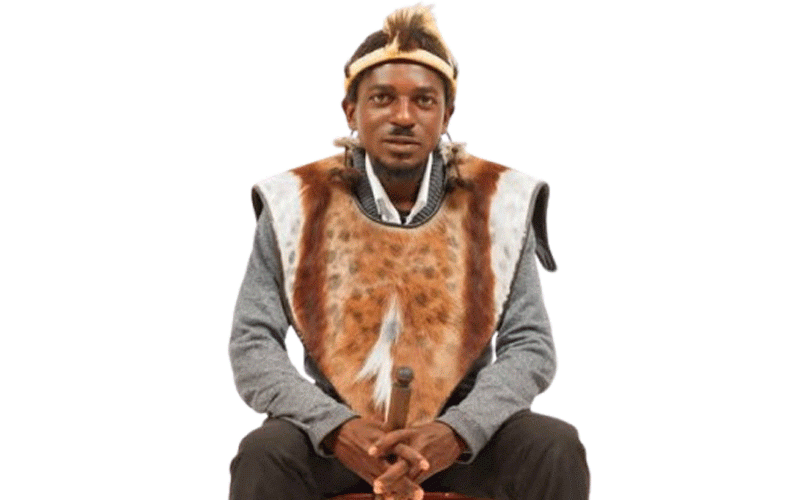
By Sukuoluhle Ndlovu
Twenty-two-year-old Tatenda Kimberly Mayoyo (pictured) is endowed with the attributes of a model — height, slenderness, poise, facial beauty, proportionate figure and age is on her side.
Having all these winning features, she says she chose the modelling career for the fame that comes with it.
Mayoyo is vying for the Miss Natural Beauty pageant, having been a runner-up in the Miss Universities pageant.
“After I moved to the University of Zimbabwe, I found a new opportunity awaiting me,” she said.
“It is the time I realised I had something in me and realised I could be a model.
“I did it for the fame that comes with modelling, it is flexible and it can always be a part-time career.
“Modelling helps build self-confidence and, most importantly, it’s easier to reach out to society when you are a model because it gives you a name and brand.”
- Chamisa under fire over US$120K donation
- Mavhunga puts DeMbare into Chibuku quarterfinals
- Pension funds bet on Cabora Bassa oilfields
- Councils defy govt fire tender directive
Keep Reading
After realising her attributes, Mayoyo embarked on a modelling journey, starting with a high school pageant.
“My first walk on the ramp was at high school, but at first it never occurred to me that it could be a career,” she said.
“However, after realising that I had all it takes on the ramp, I became serious.
“Today, I understand that there is more to modelling. I have learnt that it is an opportunity to reach out to society and the suppressed as modelling gives you a voice in society.
“Once you become a public figure, you become a role model.”
However, the University of Zimbabwe law student bemoaned that society had a negative attitude towards models.
“Society at times is harsh towards models. We are unfairly judged to be the black sheep of society,” she said.
“However, what people do not understand is that modelling is a decent profession where both males and females are taught etiquette, are groomed in how they should carry themselves to another level of an educational profession like no other.”
Mayoyo says local models lack funding and state support.
“It is difficult to pursue modelling in Zimbabwe because of lack of financial support,” Mayoyo said.
She says with the knowledge she has, she wants to stand for models’ rights and protection.
“This can be done through an association where models would report any misconduct in the industry, an association where models would thrive,” Mayoyo said.
Mayoyo says she intends to raise a new generation of models.











